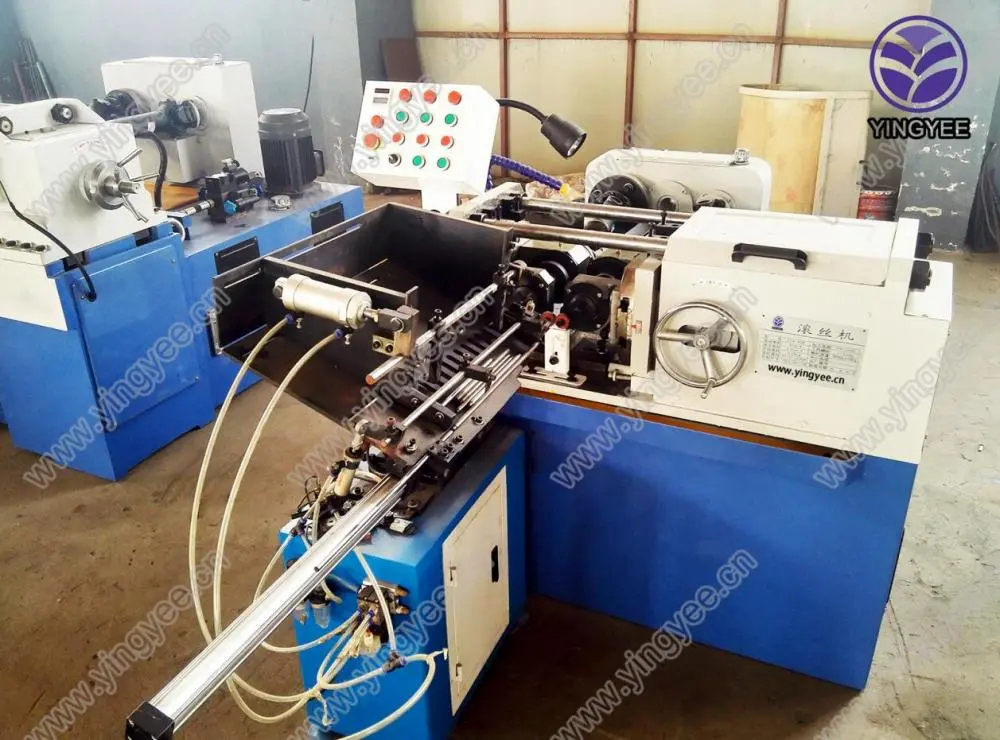
The Importance of Downspout Machines in Modern Construction
In the world of construction and architecture, every detail counts, and one essential component that often goes unnoticed is the downspout machine. This key player in the drainage system plays a vital role in ensuring the longevity and integrity of buildings, and understanding its importance can enhance our approach to modern construction.
What is a Downspout Machine?
A downspout machine is a specialized device used to manufacture downspouts which are crucial components of a building’s rainwater management system. These machines come equipped with various features that enable them to efficiently produce downspouts in various materials, including vinyl, aluminum, and copper. The machine typically performs tasks such as cutting, bending, and forming the downspouts into the required shapes and sizes, allowing builders to have tailored solutions for their specific projects.
The Functionality of Downspout Machines
Downspouts are vertical pipes that carry rainwater from the roof, directing it away from the foundation of the building. This function is critical in preventing water damage, mold growth, and erosion, which can compromise the structural integrity of a property. The downspout machine simplifies and streamlines the manufacturing process, allowing for rapid production while maintaining high quality standards.
Advanced downspout machines are often equipped with automated features, making them capable of producing multiple variations of downspouts efficiently. They may include programmable settings that allow manufacturers to quickly switch between different sizes and styles. This flexibility ensures that builders have access to a diverse range of products tailored to their architectural designs and specifications.
The Benefits of Utilizing Downspout Machines

1. Efficiency and Speed One of the most significant advantages of downspout machines is their ability to produce downspouts quickly. In the fast-paced world of construction, timely delivery can often mean the difference between finishing on schedule or facing delays. These machines can significantly reduce production times compared to traditional methods.
2. Cost-Effectiveness By automating production, downspout machines not only save time but also reduce labor costs. Fewer workers are needed to operate the machine, and the precision of the equipment minimizes material waste, contributing to lower overall costs.
3. Customization As mentioned earlier, downspout machines can produce a variety of designs and sizes, allowing builders to meet specific aesthetic and functional needs. This customization capability ensures that buildings are not only structurally sound but also visually appealing.
4. Durability Using high-quality materials in the manufacturing process strengthens the overall system. Downspout machines can ensure that each downspout is uniformly produced, leading to a more reliable product that can withstand various environmental conditions.
5. Environmental Impact With the increased focus on sustainability in construction, downspout machines can contribute to eco-friendly building practices. By allowing for precise cutting and efficient use of materials, they reduce waste and promote the use of recyclable materials.
Conclusion
In light of these benefits, the role of downspout machines in modern construction cannot be overstated. As buildings become more complex and the need for effective rainwater management intensifies, these machines represent a critical innovation. They not only streamline the production of downspouts but also enhance building performance and longevity.
As the construction industry continues to evolve, embracing new technologies and methods will be essential for addressing challenges related to water management. Awareness and appreciation of tools like downspout machines can lead to better building practices and ultimately create safer, more sustainable environments for communities worldwide. Investing in these machines is not merely a matter of convenience; it is a commitment to quality and responsibility in construction.